- Turpan
- Astana-Karakhoja Tombs
- Emin Minaret
- Gaochang Ancient Ruins
- Tuyugou Canyon
- Jiaohe Ancient Ruins
- Flaming Mountains
- Grape Valley

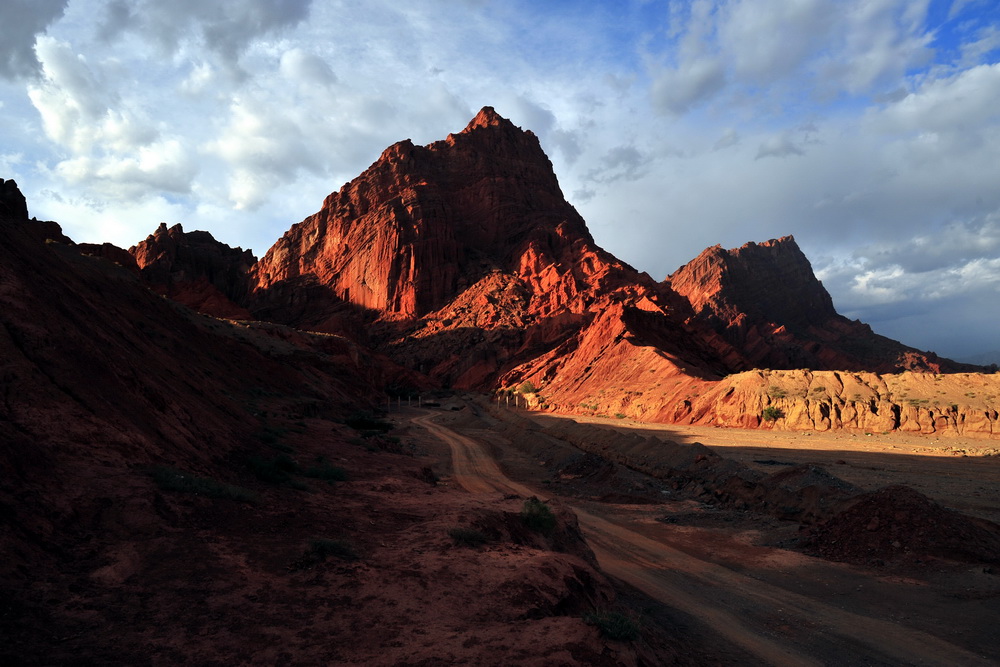 |
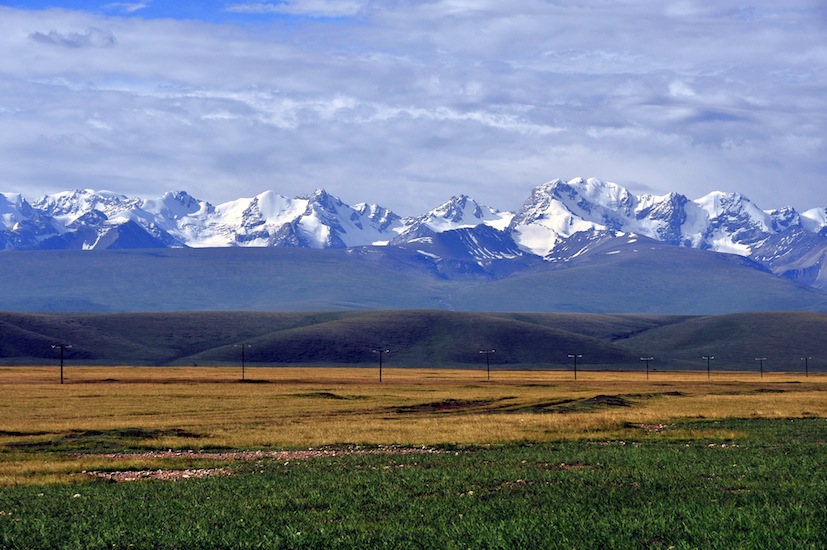 |
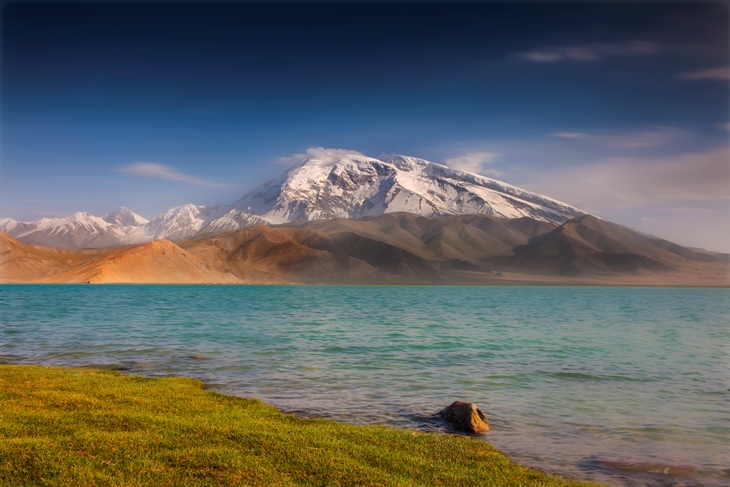 |
 |
|
Kashgar
Kashi (full name is Kashgar) in Uygur means "a place of jade", located in the southwestern part of Xinjiang Uygur Autonomous Region, it is the westernmost city of China.
Kashi has a history of more than 2,100 years. Since ancient times, it has been an important city in northwestern China. The central, southern and northern routes of the ancient Silk Road joined in Kashgar. From the Western Han Dynasty (206 B.C. - 24 A.D.) through the Qing Dynasty (1644-1911), it was the political, economic, cultural, military, and religious center of western China.
There is a saying: "Without visiting Kashi, you cannot say you visited Xinjiang." With buildings, bazaars, historical relics, and handicrafts of the Uygur ethnic group, Kashi possesses a mysterious charm.
Kashi is a sacred place of Islam, many famous mosques named after famous Islam preachers are situated here and this city is a place of Muslim pilgrimage.
Situated in Aitika Square in the center of the city, the magnificent, splendid Aitika Mosque is the largest mosque in China. On important festive occasions, more than 30,000 Muslims worship on bended knees inside and outside the mosque.
Another famous Islamic attraction is Apak Hoja Tomb, situated five kilometers northeast of Kashi; it is an ancient Islamic tomb complex, dignified and splendid. The entire tomb is covered with blue, green and yellow glazed tiles and bricks.
Kashi has long been a trading city connecting central and western Asia. The Grand Bazaar in the northeastern part of the city, the largest garden-like comprehensive market in Xinjiang, is very famous. It known as the Commodity Fair in Central Asia, as well as the International Trading Market in Central and Western Asia. The bazaar sells a great variety of goods, including clothing material, garments, general merchandise, handicrafts, furs, dried fruit, timber, and secondhand goods.
Kashi is mainly inhabited by Uygurs, who are Muslim. They are hospitable and often entertain their guests with delicious food, such as hand-pulled noodles and boiled mutton that is eaten by hand.
|
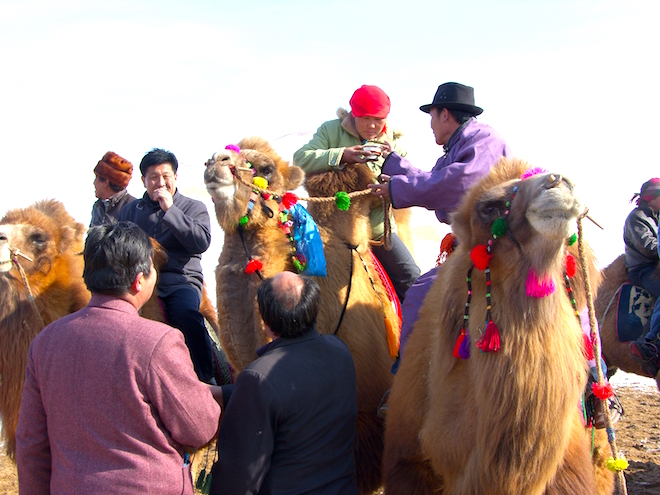 |
||
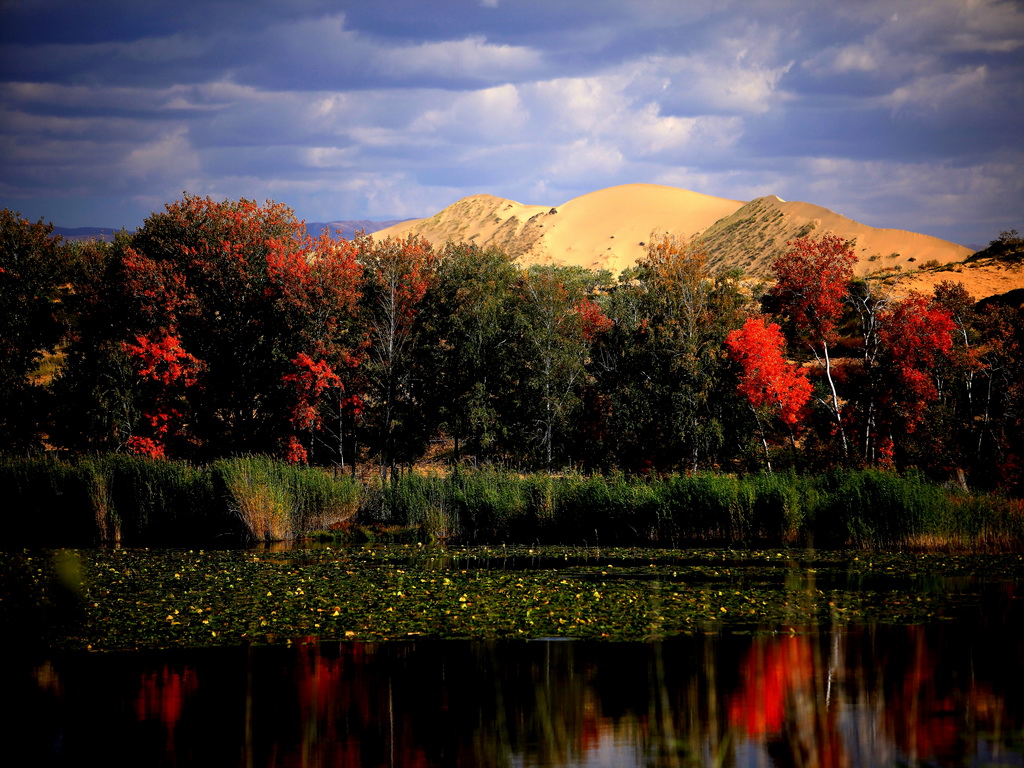 |
|||
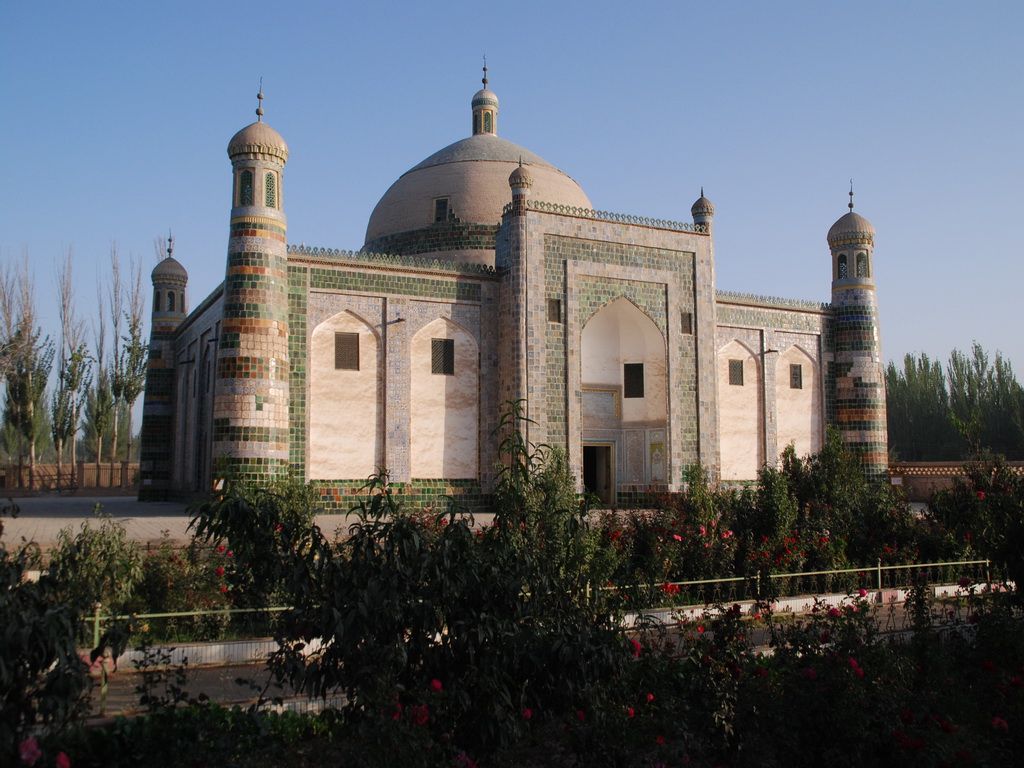 |
|||
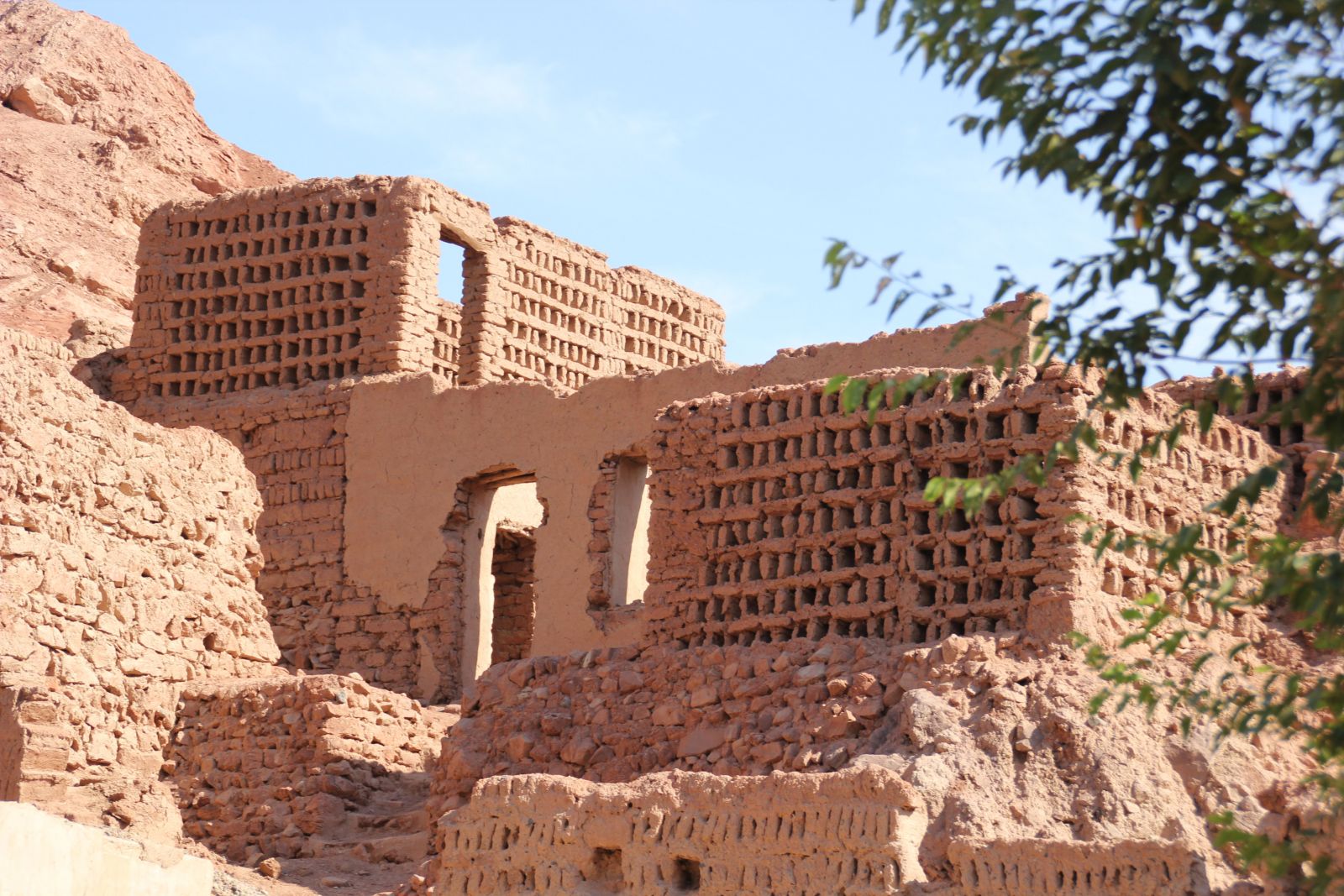 |
|||
 |
.jpg) |
 |
 |
|
Turpan
Turpan was a strategic post on ancient Silk Road and one of political, economic, and cultural centers in western region of China. According to 4,000 years written records, Turpan boasts a long history and profound culture, from the oldest Jiaohe Ancient city, to Gaochang Ancient City, Karez irrigation system, Sugong Minaret and ancient Uygur hamlet, more than 200 culture sites have been found and nearly 40,000 pieces of cultural relics unearthed from prehistorical period to nowadays. A huge amount of cultural relics and historical facts show that Turpan was the meeting place of oriental and western cultures and civilizations of such countries as China, India, Arabic countries, Greece, Roman Imperia.
Turpan is located about 150 km (93 mi) southeast of Urumqi, Xinjiang's capital, in a mountain basin, on the northern side of the Turpan Depression, at an elevation of 30 m above sea level. Outside of Turpan is a small volcanic cone, the Turfan volcano, that is said to have erupted in 1120 as described in the Song Dynasty.
Turpan has a harsh, drastic, cold desert climate, with very hot and long summers, and very cold but short winters, and brief spring and autumn in between. Annual precipitation is very low, amounting to only 15.7 millimeters. The monthly 24-hour average temperature ranges from −7.6 °C in January to 32.2 °C in July; the annual mean is 14.4 °C. Turpan is called “The Flaming Land”.
However, heat and dryness of the summer combined with the area's ancient system of irrigation, allows the countryside around Turpan to produce great quantities of high-quality fruit.
You can reach Turpan by air, railway and highway. Turpan airport, also called “Jiaohe airport” is about 10 km of Turpan City. Turpan Railway Station is in Daheyuan Town, 50 km from downtown area of Turpan city.
Turpan is worth to be visited! This city is very rich, it combines modern and ancient culture, western and eastern cultures. It has a huge amount of ancient and really interesting attractions like Bezeklik Thousand Buddha Caves, Gaochang ancient city, Tarim mummies, Jiaohe Ruins, Flaming Mountains, Dingling, Turpan Museum, Ayding Lake, Grape Valley, Karez irrigation system. Also you can have a nice gastronomic tour with local dishes, fruits and grapes for little price. |
 |
||
 |
|||
 |
|||
 |
|||







